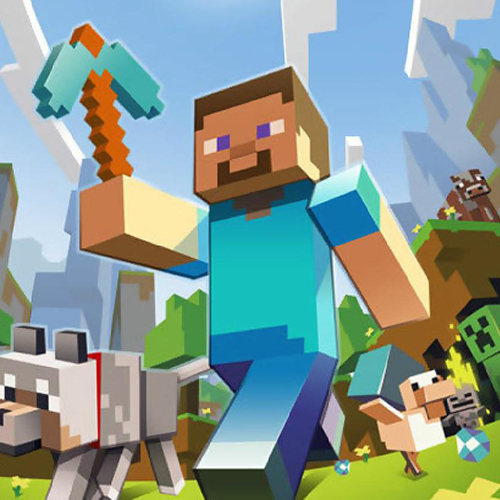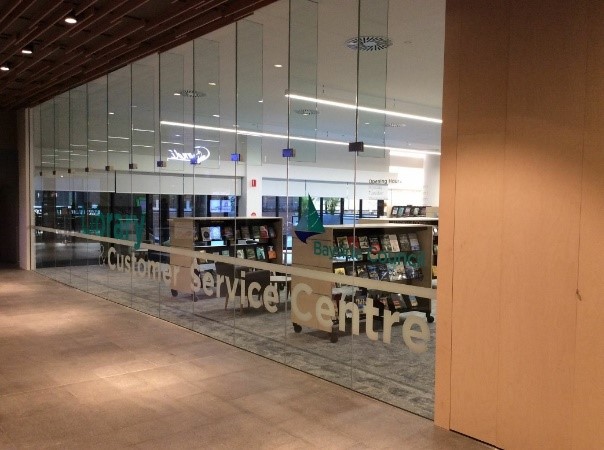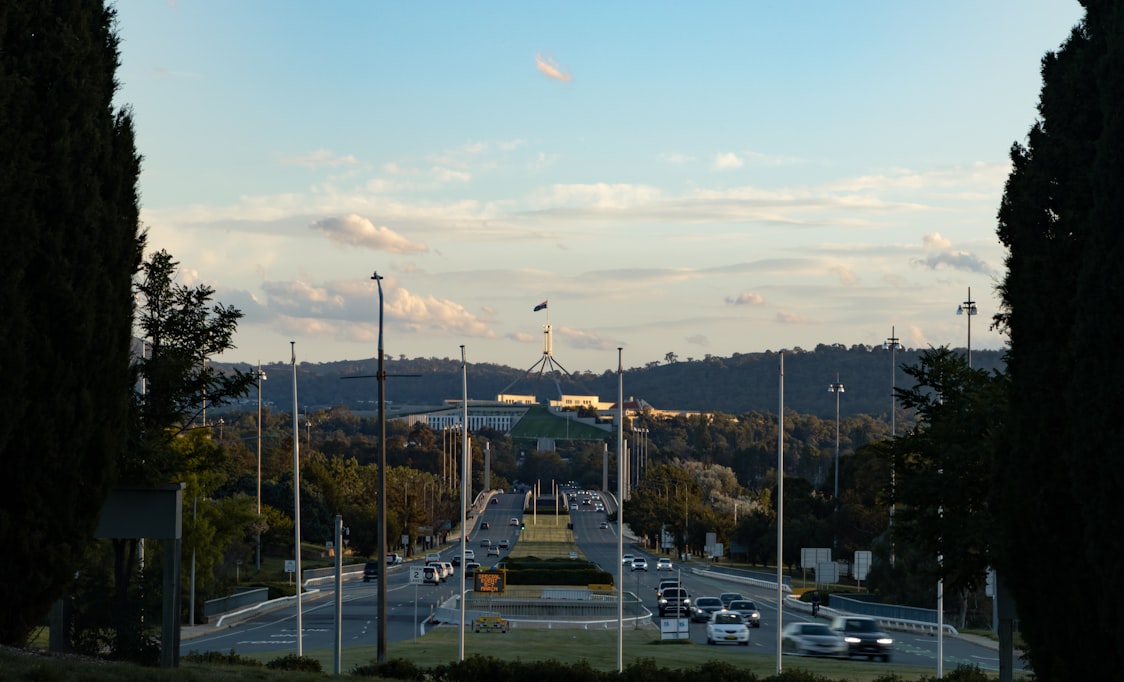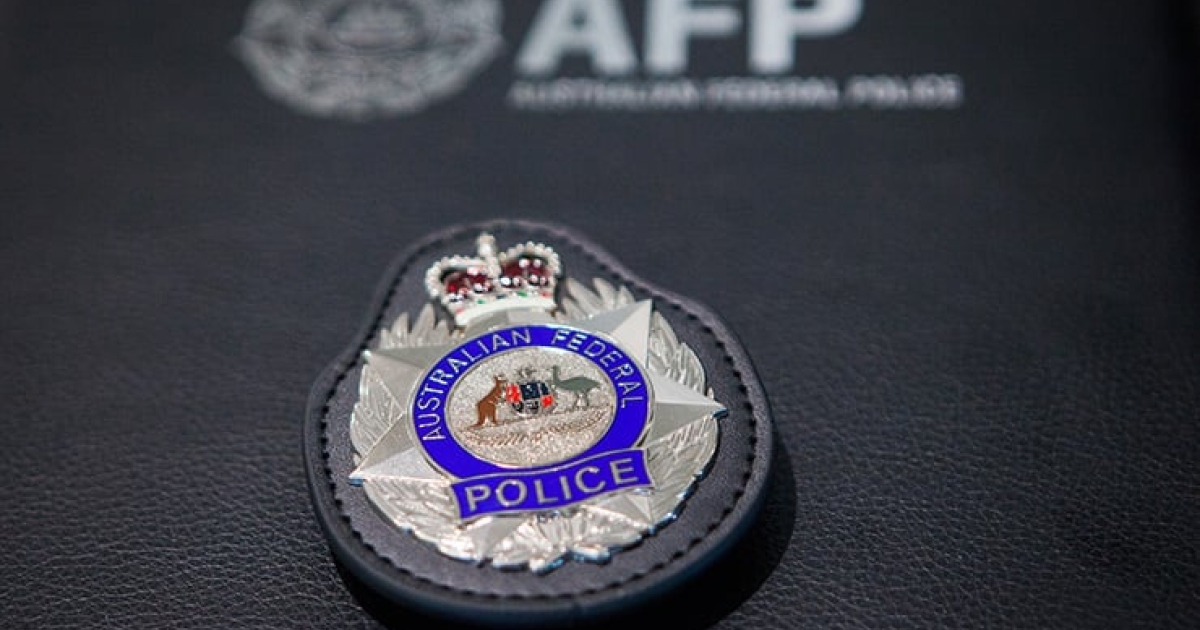
It’s the globally popular video game that’s captured the attention of more than 141 million active players, but Minecraft can also play a significant role in shaping children’s development, social interactions, and cognitive learning, say researchers at the University of South Australia.
Published in the new book Children’s online learning and interaction, the study found that when children engage in collaborative Minecraft play, they foster teamwork, communication, and social skills as players exchange ideas and problem-solve in real-time.
As Minecraft Education Edition becomes more prevalent in school curricula worldwide, understanding how children interact within these digital spaces is critical for parents and educators.
Author and UniSA researcher Dr Vincenza (Enza) Tudini, says Minecraft can be a powerful tool for learning, creativity and social development.
“From what we see of children’s interactions on Minecraft, it’s far more than just a digital pastime; it’s a virtual playground where children can develop problem-solving skills, collaboration, and language abilities,” Dr Tudini says.
“We also know that Minecraft is a pro-social game with players demonstrating greetings and positive play evaluations as they interact with each other. As they play or watch videos, they’re growing their language skills, and increasing their digital literacy.
“Team and problem-solving skills are also prominent in Minecraft. Unlike traditional video games that tend to focus on competition and scoring points, Minecraft is an open-ended experience that encourages children to build, explore, and interact, with players often working together to achieve common goals.
“We also see many instances where knowledgeable players are actively guiding less experienced players through challenges. Such scaffolded-learning supports creative thinking, motivation and growth, and because it’s peer-delivered, it builds team-skills and confidence.”
Despite Minecraft offering rich learning opportunities, it also comes with challenges – especially in open online environments.
“All online spaces have safety risks. While Minecraft promotes positive social interactions, public servers can expose children to online risks such as bullying or interactions with unknown players,” Dr Tudini says.
“Ensuring children’s safety and maximising the game’s educational potential requires active involvement from both parents and educators. We need to teach children about safe gaming practices, encourage play with known friends, and monitor content to ensure a safe gaming experience.
“By adopting safe gaming practices and integrating Minecraft into learning environments, we can help children harness its benefits while navigating the digital world responsibly.”
Recommendations for Parents
- Encourage collaborative play with known friends or siblings to enhance social skills and teamwork.
- Opt for family-friendly or private servers to reduce risks associated with public multiplayer gameplay.
- Monitor YouTube and online content to ensure channels are appropriate.
- Teach online safety, set boundaries about sharing personal information, and encourage respectful online communication.
- Ensure a healthy balance between screen time with other offline activities
Recommendations for Schools:
- Minecraft Education Edition offers structured lessons like coding, mathematics, and environmental science. Teachers can use the game to engage students in creative learning.
- Promote digital citizenship by teaching online etiquette, cyber safety, and responsible gaming.
- Encourage constructive collaboration that require teamwork and problem-solving.







